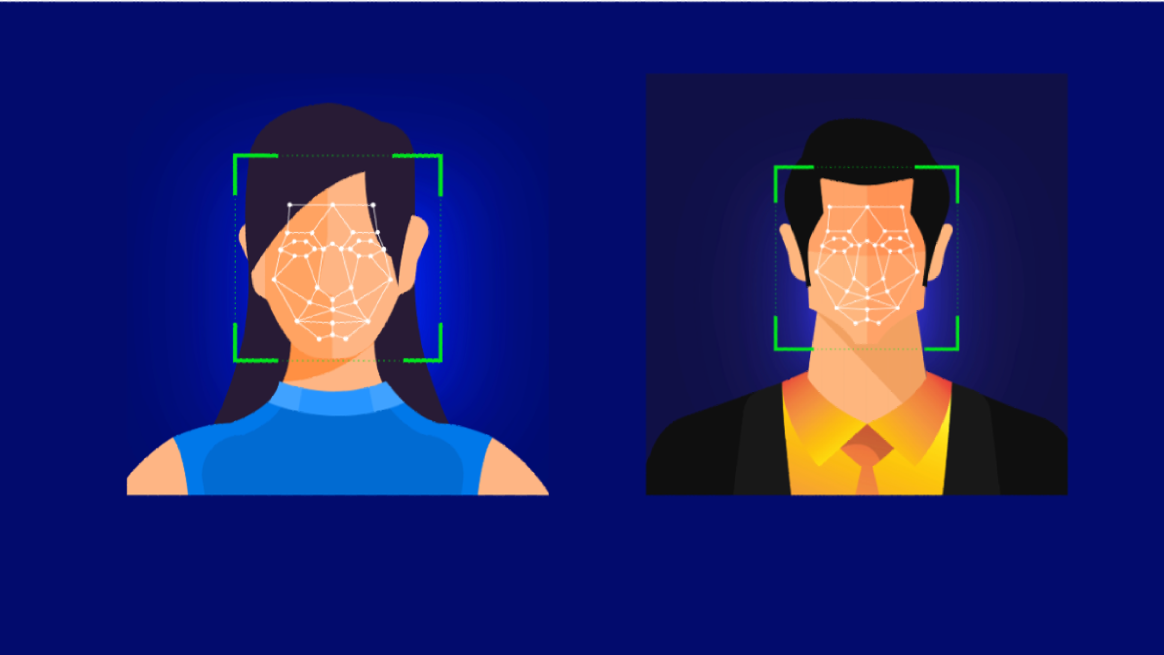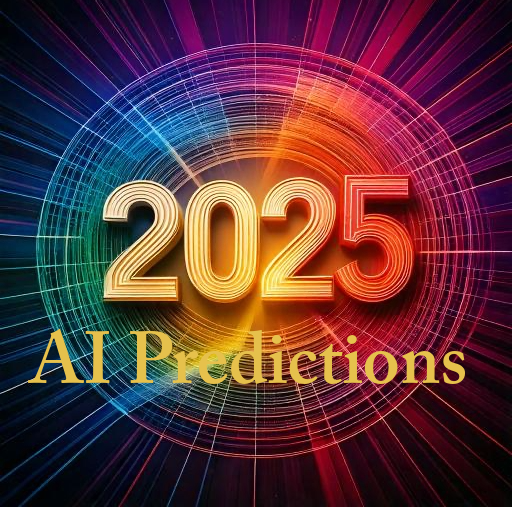AI Headshots: A Personal Experiment with Surprising Results

What fun! I tried three AI headshot companies to see how the process worked and what the results would be. I felt a bit like Goldilocks – each company provided a different perspective of me. One made me look at least 10 years younger, another made me look older, and one was darn close to the real me.
I purchased the basic service from all three companies, each under $30. One required 14+ selfies, while another only asked for six or more.
Key Takeaways
1. Variability in Results
There can be a tremendous difference in the results, even when using the same set of photos across different companies. The underlying algorithms vary significantly, as evidenced by the differences in my results.
2. AI-Generated Images
These companies don't simply alter your photos; they create entirely new AI-generated images. For instance, I didn’t get a photo back that changed my black t-shirt to a denim jacket outfit. Instead, they created a variation of “me” – using my hair, face, and an outfit they selected.
Be Aware
A professional photographer often allows you to have 2-3 clothing changes. You might do some poses with a business jacket on and some with a shirt, for example. You know going in directionally what your photographs might look like. With Generative AI, you don’t know all the decisions before you see the results.
- Unexpected Accessories: The services might add jewelry and reimagine you in clothes that don't match your usual style or any of the photos you uploaded. For me, the changes included turtleneck sweaters, dainty gold necklaces, and hats.
- Color Changes: Some companies alter the color of your clothes. One service returned all photos in shades of green, although I had uploaded photos of myself in black, blue, or rose-colored tops.
- Business headshot vs casual (or other) headshot: Many of the generated headshots were not business headshots – poses and clothes varied greatly. You may need to experiment with the selection of clothing options and background options the service provides.
The Process
The three companies I used had easy-to-navigate websites, though one site initially didn’t work correctly, and I had to return another day to complete the order. You upload multiple selfies or other photographs, with each site providing clear information about what photos work for their service. Requirements such as the number of photos to upload vary.
The sites each asked basic questions such as eye color, hair color, age range, and ethnicity (you can opt out of some questions). The services I used offer different plans, with more money providing more headshots. All headshots were returned within a few hours. Edits allowed are limited – for example, you can adjust blemishes but not change hair color.
A fourth company wouldn’t accept any of my iPhone selfies. It accepted two of my professional photographer's headshots but rejected one. Since I needed to upload at least six pictures, I couldn’t test their results.
Suggestions to AI Headshot Companies
- Skip the Jewelry: Jewelry is too personal a style choice. Use what the customer has on in the photos or leave jewelry off.
- Provide Color Options for Clothes: If you aren’t mimicking what the person is wearing, allow the customer to select 2-3 colors for their final headshots.
- Stick to Appropriate Attire: If advertising professional headshots, don’t put the person in evening attire. Better yet, let your customer choose from several options – formal business, casual, evening, etc.
- Offer an Entertainment Plan: Consider offering an option for fun – let customers see themselves with different hair colors or radically different haircuts.
Conclusion
The experiment was worth it. It was educational to test several companies. It was informative to see what the variances were between different company results. The best AI processes improve over time and I look forward to seeing how these companies enhance their product offerings in the future.

My company uses artificial intelligence in a transparent and honest manner. We support the use of AI in business with the use criteria including being socially beneficial, explainable, fair, and secure. We integrate AI tools into our business processes to enhance efficiency and decision-making and to improve quality.




